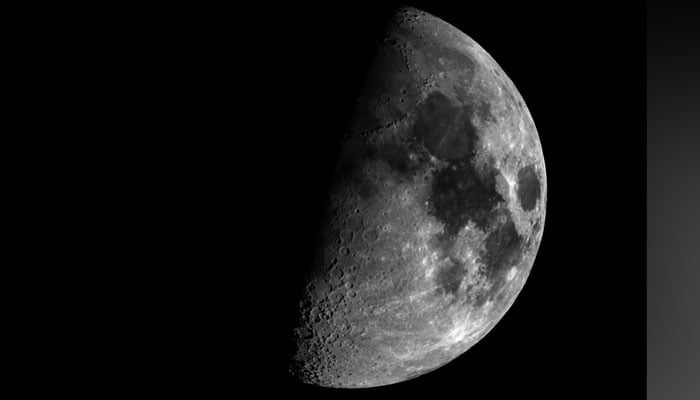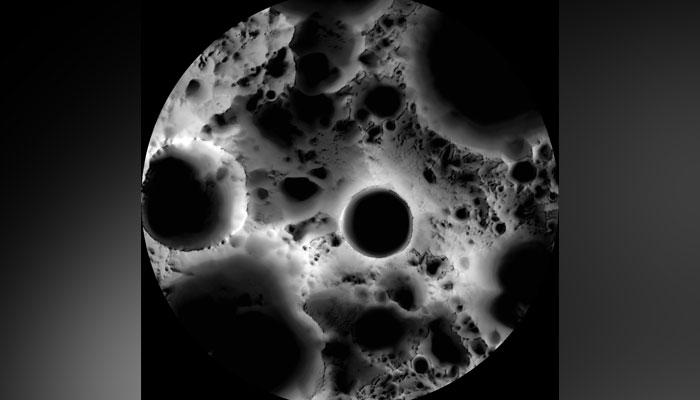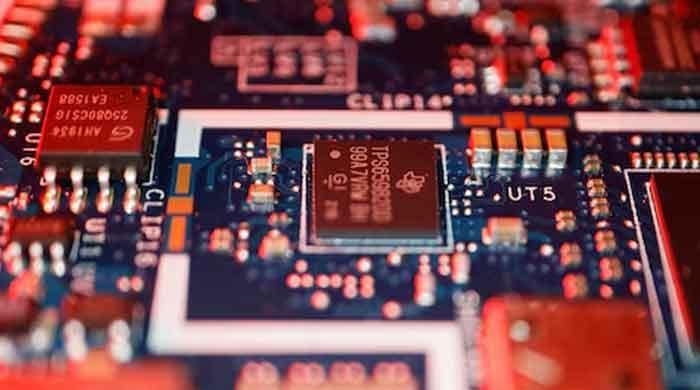Nasa scientist hopeful of finding life on moon
"There may be potentially habitable niches for such life in relatively protected areas on some airless bodies," says Nasa scientist
June 12, 2023

Nasa’s planetary scientist at Goddard Spaceflight Center Prabal Saxena is hopeful of finding traces of life on the moon as it is believed to be a place devoid of any sign of living organisms and water flows.
He is also optimistic about finding more on the earth’s natural satellites than anticipated.
Saxena said that "microbial life could exist in harsh environments like those on the moon."
"There may be potentially habitable niches for such life in relatively protected areas on some airless bodies," Prabal Saxena said.
Saxena studies where extraterrestrial life might exist in the outer spaces of our solar system however, he has been recently working with a team that is studying the lunar south pole.
The lunar south pole drew considerable attention since Nasa announced that it is going to land its crew under the Artemis III mission in 2025, more than half a century after humans put their first step on the moon.
The UIS space agency has marked 13 sites where it could make its landing of the astronauts.

Humans have never set foot on the lunar south pole. But we know from Nasa’s Moon Mineralogy Mapper that it contains ice inside craters, which astronauts could mine for rocket fuel.
Some of the regions of these craters are in constant darkness which prevents harmful solar radiations from reaching these lunar pockets, allowing experts to anticipate a safe haven for microbes.
Saxena in his recent work noted: "Importantly, recent research on the survivability of microbes exposed to conditions like those on parts of the lunar surface indicate surprising resilience of numerous microorganisms to such conditions."
"For instance, researchers revealed that a bacterium called Deinococcus radiodurans survived outside of the International Space Station (ISS) for a year."
"We're currently working on understanding which specific organisms may be most suited for surviving in such regions," Saxena told Space.com.
Even if the microbes are non-existent, they eventually will as humans travel back and forth to the moon. And if the scientists are right in their estimations,
Even if microbes don't exist on the moon right now, they almost certainly will if humans start walking around on its surface. And if Saxena and his team are right, those microbes could also thrive and grow there.











